All the Water Types in a Grocery Store, Explained Simply
Walking into the water aisle can feel like stepping into a hydration convention. There are bottles with mountains on the label, bubbly options that tickle the nose, and even waters promising to “recharge” your body. If you’ve ever been puzzled by the options, here’s a guide to the most common water types you’ll spot, and what’s really going on inside those bottles.
Spring Water
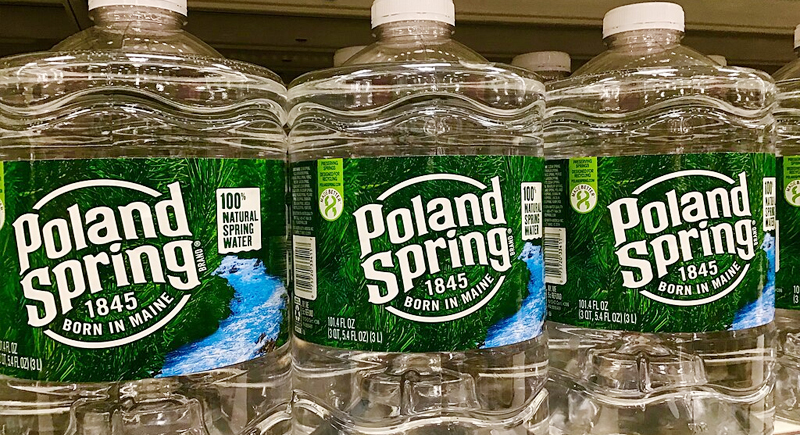
Credit: Wikimedia Commons
Not all bottled water can legally be called spring water; it has to come directly from an underground spring. Before it even reaches a bottle, it’s been naturally filtered through layers of rock while picking up minerals like calcium and magnesium. These minerals subtly change the flavor depending on the source. Brands love to boast about “pure” springs, but the selling point here is that the term is strictly regulated.
Mineral Water
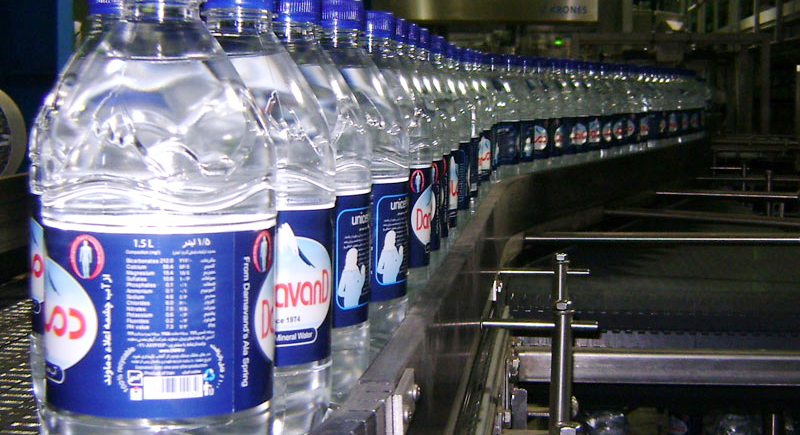
Credit: Wikimedia Commons
Take underground water, naturally loaded with minerals like magnesium, calcium, and bicarbonate, and bottle it without stripping anything away—that’s mineral water. Regulations require that it contain at least 250 parts per million of dissolved solids. People drink it for its digestive perks or its distinctive taste. Depending on the spring, it can taste crisp, earthy, or even faintly salty. Big names like San Pellegrino made it a dinner table classic.
Purified Water
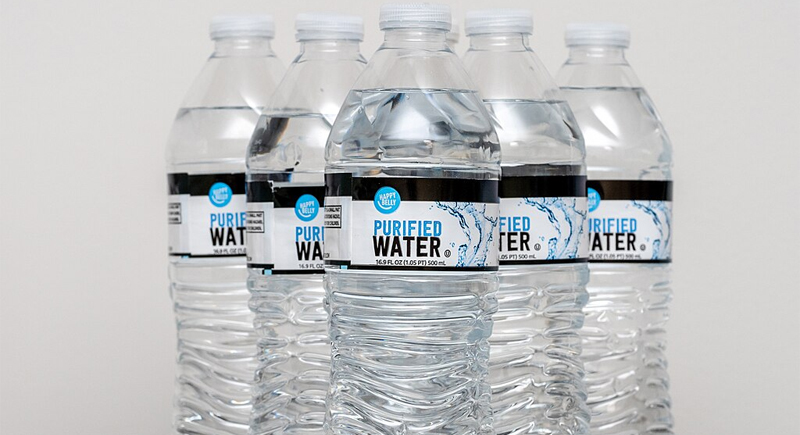
Credit: Wikimedia Commons
Purified water often starts as regular tap water but is treated to remove impurities like bacteria and metals. Methods such as reverse osmosis or distillation make it very clean, though they also remove most natural minerals. Some brands add minerals back for flavor. It’s a safe choice, especially in places where tap water quality isn’t excellent.
Distilled Water
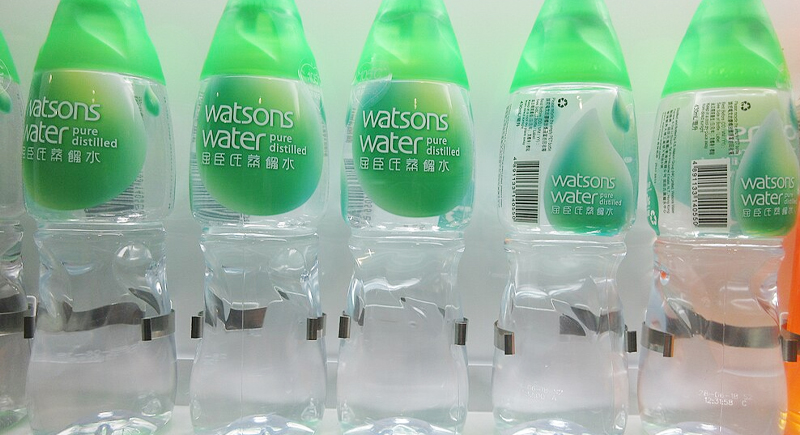
Credit: Wikimedia Commons
Water plus heat equals vapor, and vapor cooled back into liquid equals distilled water. In this process, nearly all impurities and minerals are left behind. While distilled water is safe to drink, it’s often used in appliances like steam irons and humidifiers, where mineral buildup would be a headache.
Sparkling Water

Credit: Wikimedia Commons
Bubbles make this category the life of the hydration party. The fizz can occur naturally in some springs, but most bottles are carbonated during production. The carbonation can be fun, but it’s slightly acidic, so dentists recommend mixing in plain water if it’s your go-to drink all day.
Alkaline Water
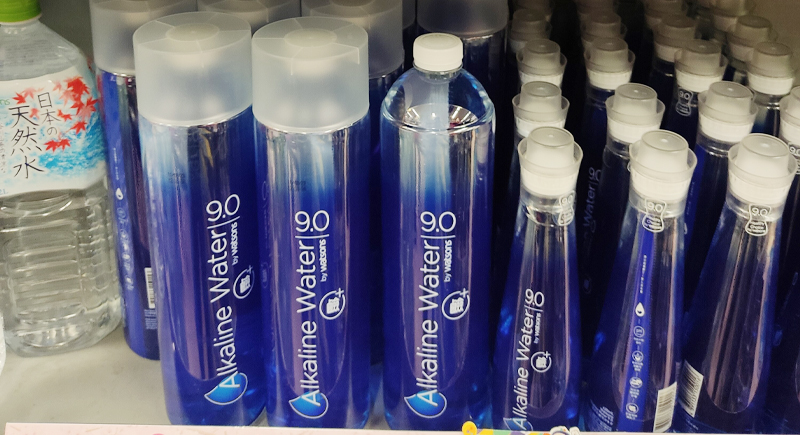
Credit: Wikimedia Commons
With a pH higher than standard tap water, usually between 8 and 9, alkaline water gets its name from minerals like calcium and magnesium. It is either naturally alkaline or achieves it through ionization. Marketing says it can help with acid balance in the body, but studies are inconclusive. It’s fine for everyday drinking, though it might lower stomach acidity if consumed constantly in large amounts.
Glacier Water
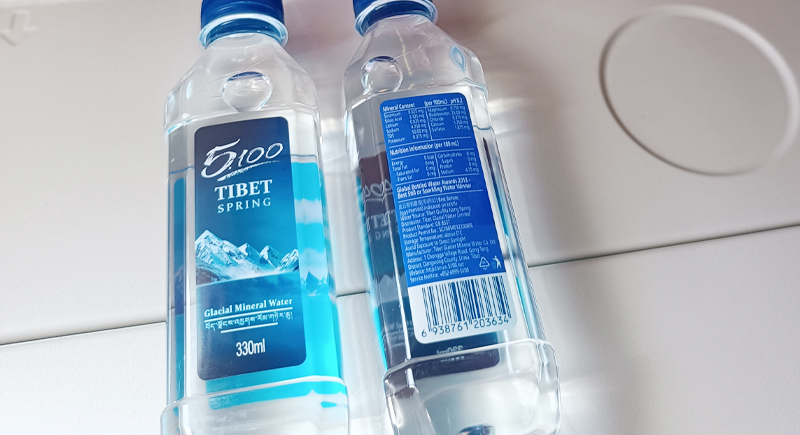
Credit: Wikimedia Commons
Glacier water comes from melted ice that can be thousands of years old. It has to be tested for safety before it’s bottled. Like spring water, its taste comes from natural minerals, but the main appeal is the image of drinking water from ancient ice.
Electrolyte Water

Credit: X
This water includes minerals like sodium and potassium to help replace what’s lost through sweat. It’s useful during sports, heat waves, or illness that causes dehydration. Everyday drinking doesn’t require this extra boost, but it won’t hurt. Without added sugar, it’s a lighter alternative to sports drinks, and flavored versions can make it more appealing.
Flavored Water

Credit: Instagram
Not everyone enjoys the taste, or lack thereof, of plain water, which is why flavored options have become so popular. They mostly get their subtle kick from fruit essences. Those loaded with sugar drift close to soda in health impact, but unsweetened or lightly sweetened ones keep things lighter.
Well Water
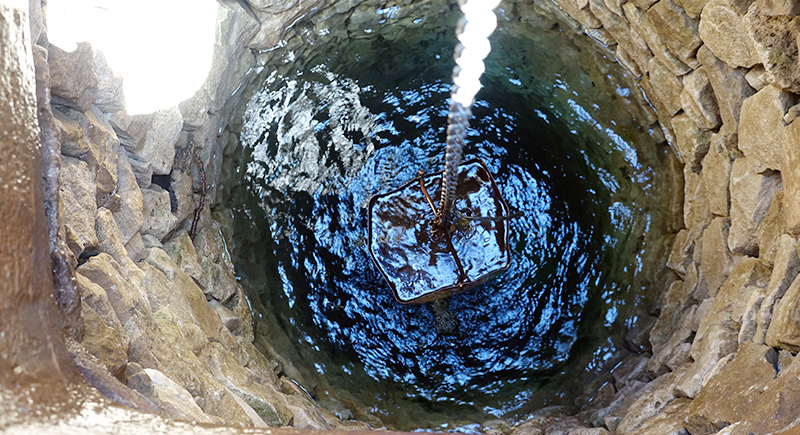
Credit: iStockphoto
In rural areas, wells are still a primary source of drinking water. They’re pulled from underground aquifers and can taste richer than city tap water due to minerals in the soil. But without proper filtration, it can also carry bacteria, nitrates, or other contaminants. Many households install treatment systems to make it safe. When clean, it’s about as “local” as water gets.
Artesian Water
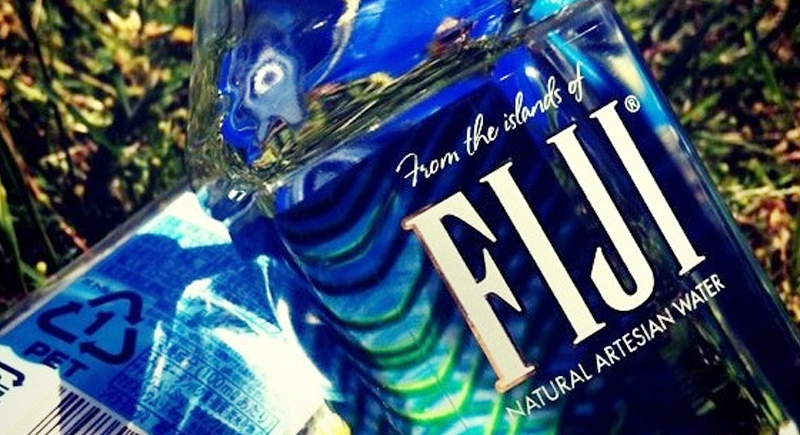
Credit: Wikimedia Commons
This one sounds fancy because it is—at least geologically. Artesian water comes from aquifers trapped between layers of rock, which creates enough natural pressure to push it upward. That pressure can act like a filter, and some say it affects taste, though that depends on the source. Bottled artesian water is usually collected at the site to keep it as close to the source as possible.
Reverse Osmosis Water
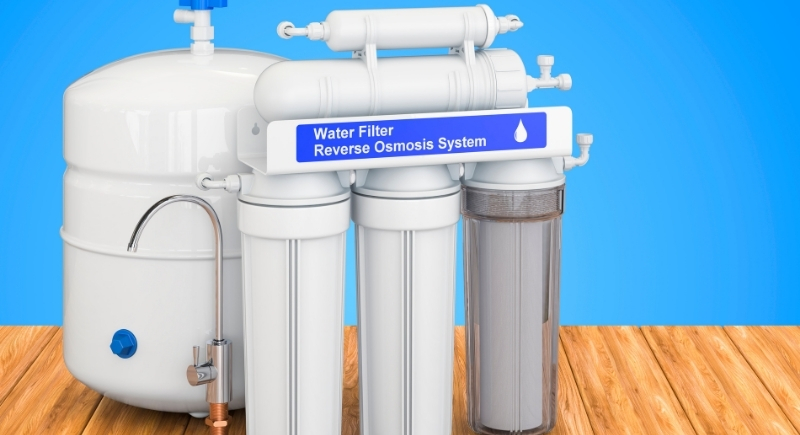
Credit: Canva
Instead of heating or adding chemicals, reverse osmosis uses a fine membrane to physically block contaminants. It’s so thorough that it removes tiny particles and dissolved solids. Some say it tastes too neutral, so companies often add minerals back in for balance. It’s common in both bottled form and home filtration units for reliable purity.
Tap Water
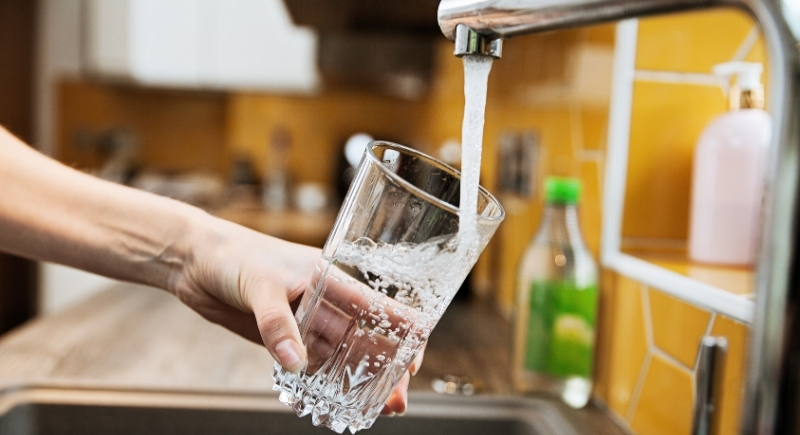
Credit: Getty Images
It’s easy to overlook tap water in a grocery store list, but it’s the baseline for much of what’s bottled. In most U.S. cities, it’s safe, affordable, and regulated under EPA standards. Chlorine is often used to keep it bacteria-free, and fluoride may be added for dental health. A simple filter at home can improve taste if you’re sensitive to its treated flavor.
Structured Water

Credit: Instagram
Fans say structured water’s molecules form hexagonal clusters that hydrate better than standard water. Critics call it pseudoscience, but devices claiming to “structure” water still have a market. Naturally, some glacier melt and springs are said to have this formation. It’s harmless to drink, so it’s really more of a curiosity than a necessity.
Raw Water
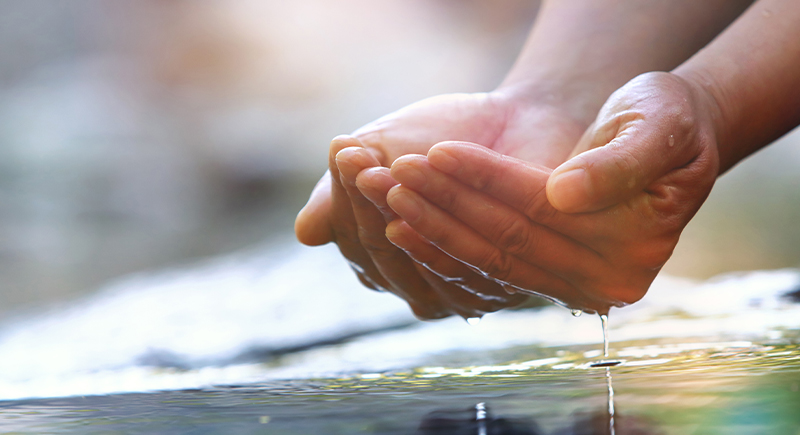
Credit: iStockphoto
Raw water has a devoted niche audience claiming it’s more natural and full of beneficial microbes. Experts point out that it can also be full of harmful bacteria, parasites, and pollutants. It briefly trended in Silicon Valley in 2017, but the risks are real. Without thorough testing or treatment, this is one water trend that’s better admired from a safe distance.